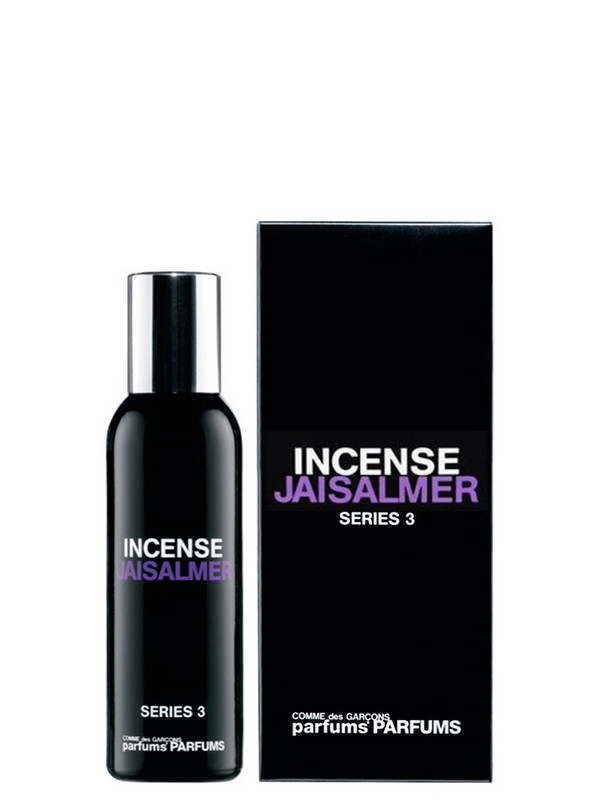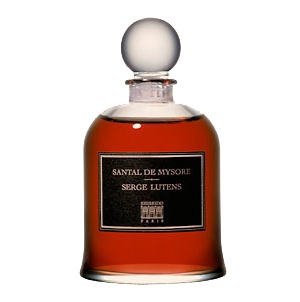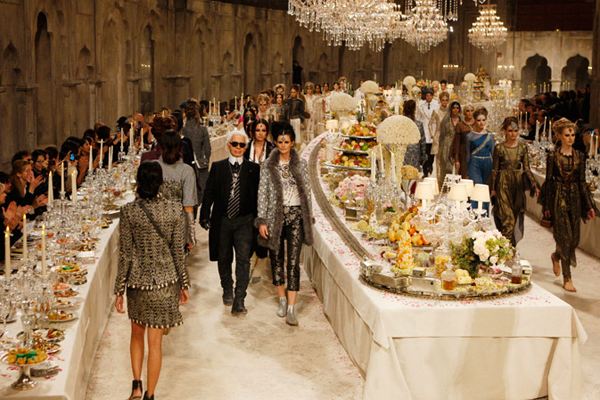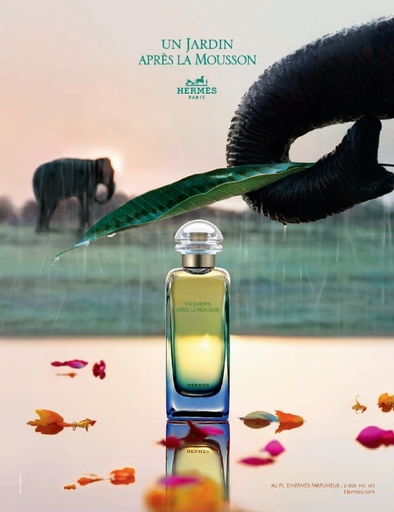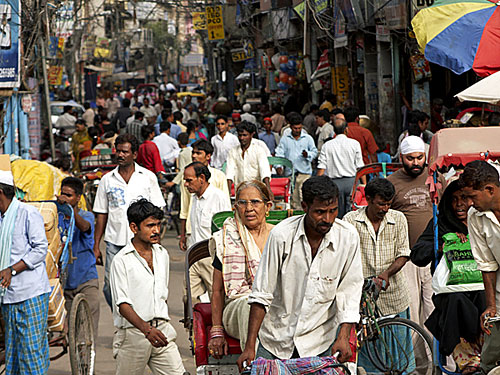India and the Modern Man: A Trio of Inspiration
March 25, 2012
Disclaimer: The views and opinions expressed herein are solely those of the author and/or guest contributors and do not necessarily state or reflect those of
The Perfume Magazine LLC, Raphaella Brescia Barkley or Mark David Boberick.
All content included on this site, such as text, graphics, logos, icons, videos and images is the property of The Perfume Magazine, LLC. or its content suppliers and protected by United States and international copyright laws. The compilation of all content on this site is the exclusive property of The Perfume Magazine, LLC. and protected by U.S. and international copyright laws.
The Perfume Magazine Banner was designed exclusively by GIRVIN and is the property of The Perfume Magazine, LLC. and are protected by U.S.and international copyright laws. Additional Banner information can be found on our ABOUT page.
All images appearing in the banner are registered trademarks of their respected company and are used with permission.
© Copyright. 2011. All Rights Reserved. The Perfume Magazine LLC
CLAYTON ILOLAHIA | Contributor
Clayton currently works in the management of training and development for the luxury retail sector and has worked with brands such as Louis Vuitton, Ralph Lauren, Gucci and Cartier. A resident of Sydney, Australia, he was born in New Zealand and considers travel one of life’s real luxuries. A perfume collector, Clayton decided to combine his love of perfume and travel in a blog entitled What Men Should Smell Like (www.whatmenshouldsmelllike.com) where he writes about men’s fragrances encountered on his travels around the world. “I graduated university with a degree in Visual Arts. For me perfume is an extension of this study and allows the exploration of creative ideas through the sense of smell”.
By Clayton Ilolahia
Contributor
MENS
Artists have often looked to India for inspiration in their work. The colours, tastes and sounds of India have provided an amazing resource of ideas for designers and creators within the world of fashion and beauty. Recently, Karl Lagerfeld referenced India with his acclaimed Metier d’Art collection for Chanel and 19th century French jeweller Louis Boucheron was keenly inspired by a garden he visited in the city of Jaipur. When the jeweller began offering perfume, Boucheron Jaipur Pour Homme was eventually created in 1997; a men’s fragrance named after the capital of Rajasthan (the land of kings). These kings or Rajas developed a taste for western luxuries in the early 20th century and in 1928 the Maharaja of Patiala visited Louis Boucheron at his Place Vendôme boutique in Paris accompanied by twelve guards and six caskets of precious stones. Another example of this cultural exchange is Louis Vuitton’s popular Epi embossed leather, which was inspired by a tea case the Maharaja of Baroda commissioned the Vuitton family to produce for him in the 1920s.
Along with Boucheron there are other examples of perfume houses drawing inspiration from India and its colourful culture. Sometimes it is a story of travel, other times the perfumer has worked with raw materials such as sandalwood, incense, saffron or patchouli, which can be associated with The East. Whether we are conscious of it or not I believe we often select a fragrance based on a story or theme rather than reaching for something that simply smells good. This month I decided to challenge myself to find three fragrances connected to the culture of India, a culture that has fascinated me for years. I knew it would be easy to find three sandalwood or incense fragrances so I wanted to look a little deeper and in the end I came up with three that for me, evoke the mood of India, yet they are all very different from each other. One is meditative and serene, another is radiant and energizing, and the third is rich and sensual. Together these three fragrances raise so many different emotions, much like the feelings you experience when you travel through India. It has been some years since I backpacked through Northern India, but as always, perfume is a great way to reincarnate previous experiences. As your nose takes in the scented molecules, you are immediately transported to another time or place.
I made a trip to India during my university days. It was a time in my life when it seemed completely reasonable to load up a backpack and travel halfway around the world with no real plan or agenda. I landed in Delhi and although every guidebook I had read warned me about the pitfalls of arriving after midnight with no local knowledge, I found myself lost in the center of what has to be one of the most chaotic cities of the world. I soon learnt that once you accepted the madness that surrounds you, you could then begin to fall in love with India. I don’t think every traveller makes his or her peace with this experience. Perhaps the most challenging part is the constant engagement of the senses. From the summer climate I arrived into, to the unrelenting sights, sounds, smells and tastes; Delhi is a sensory overload that unfolds in different layers. I wanted to look for a fragrance that embodied these characteristics of tension and complexity and I found it in one of my favourite sandalwood perfumes, Santal de Mysore by Serge Lutens, Palais Royal Shiseido. The fragrances of Serge Lutens are often a beautiful collision of ingredients that you must navigate through, much like the busy streets of Delhi. Santal de Mysore pays homage to the increasingly rare and precious Mysore sandalwood. The Indian variety, Santalum Album, has been used in social and religious ceremonies for over 2000 years. Its highly prized oil, appreciated for its luxuriously creamy scent is distilled from the wood of mature trees. In India, sandalwood chips are also used to make incense, or chandan, a cooling sandalwood paste used in traditional Hindu ceremonies. Over time the population of mature trees has depleted and the Indian government now protects them. Rumour has it that Serge Lutens was able to invest in enough oil to continue production of Santal de Mysore after supply became limited. And while most sandalwood fragrances rely on the complexities of this precious wood to do all the work in the bottle, Serge Lutens’ Santal de Mysore is anything but a single note fragrance. It reminds me of a thali, or plate that is served in India, which is a selection of small dishes including rice, curries, dhal, vegetables and condiments. It is a busy plate with all sorts of flavours as Ayurveda (India’s holistic system of medicine) teaches that good nutrition should incorporate the six tastes in every meal- sweet, sour, salty, astringent, pungent and bitter. Santal de Mysore begins with sweet notes of caramelized resins. Pungent cumin combines with other spices and there is no mistaking you are in India when you smell this. As the fragrance settles, those highly sought-after sandalwood notes begin to make themselves known.
Far from the city streets of Delhi lies the tranquil area of Kerala on India’s southwest coast. Kerala inspired perfumer Jean-Claude Ellena to create another entry into his series of unisex garden scents for Hermès. The third of the series, Un Jardin Après La Mousson is a refreshing eau that uplifts the soul like the sunny interludes between monsoonal downpours. Literally translated as A Garden After the Monsoon, this Hermès garden is zesty and full of fresh spices. Ginger, pepper, cardamom and coriander feel exotic and lush. For men, a delicate ginger floral note is a great way to celebrate the forthcoming spring season whilst a vetiver base gives a masculine feel. Of Ellena’s Jardins, I find this creation the most mysterious. Un Jardin en Mediterranee is unmistakably fig, Un Jardin Sur le Nil is mango and 2011’s Jardin Sur le Toit is an unforgettable pear.
This monsoonal garden is less symbolic in that there is no recognizable fruit or ingredient that makes you immediately think of India, so it requires a little more imagination to get you there. I have not had the fortune of visiting the coastal areas of South India, yet through the magic of perfume and its power to transport the mind, I am sitting at my desk smelling Un Jardin Après La Mousson and with my imagination I am searching for the threads of information that Jean-Claude Ellena has woven into his formula. The watery notes feel like monsoonal clouds ready to burst, ginger and other green spices remind me of fresh South Indian cuisine which is served on a banana leaf. The fragrance has a subtle milky character, perhaps a reference to the abundance of coconut palms that grow in this region of India. Altogether this is a tropical holiday that is well suited to men who are looking for a unique and subtle eau de toilette to wear during the warmer months.
The third fragrance is based on incense and it connects with the theme of spirituality that pervades daily life in India. Every morning and throughout the day the smell of incense fills the air. Havan, or fire is a purifying element in Vedic culture so incense represents spiritual purity for Hindus. Perfume historians will often comment that the Latin root of the word perfume has spiritual meaning because ancient cultures used fragrant smoke to carry their prayers to the heavens (per fumum - through smoke). In 2002 the Japanese fashion house, Comme des Garçons launched their third series of fragrances based around a common theme. The Incense Series contains five scents inspired by different spiritual movements from around the world. One of these five is Jaisalmer, a fragrance inspired by Hinduism. It is an interesting example of this genre as incense notes can often be heavy and overstated. Jaisalmer’s incense wears closer to the skin giving it a much more modern appeal. Named after the golden city of India’s west, the fragrance was inspired by the ancient trade routes that transported ebony wood from India to Egypt many centuries ago. Jaisalmer contains notes of ebony, paired with gaiac wood, benzoin and amber. Pimento and cinnamon give the fragrance its spicy edge and cardamom adds a refreshing twist to the incense theme. If you previously believed that incense wasn’t for you because it felt more like an interior or room fragrance rather than something to wear on skin, I highly recommend Jaisalmer as Comme des Garçons’s incense, like the brand itself, offer a deconstructed view of what traditional incense can be; a uniquely modern scent for men.
